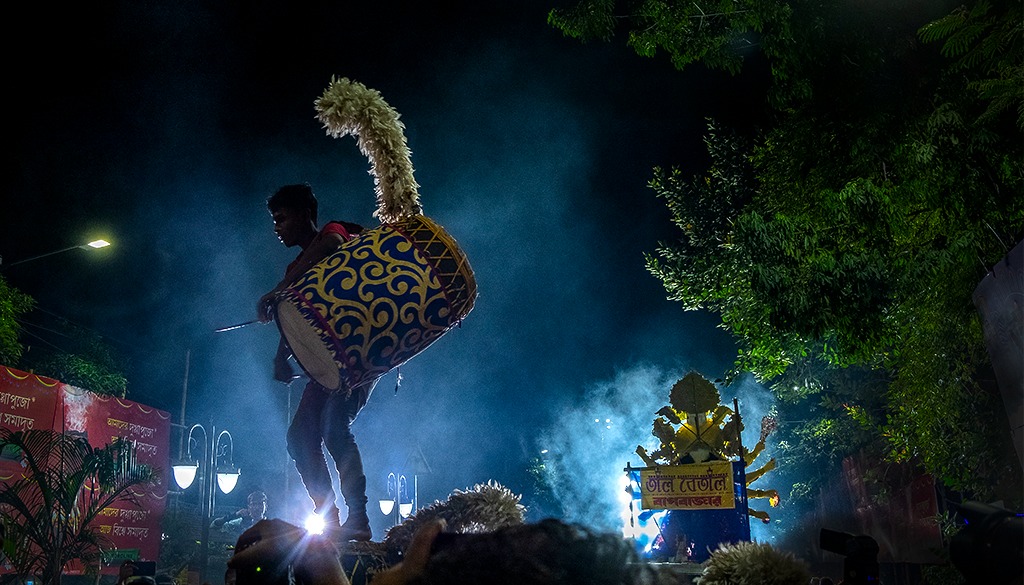
Getting Close to the Subject is the Key
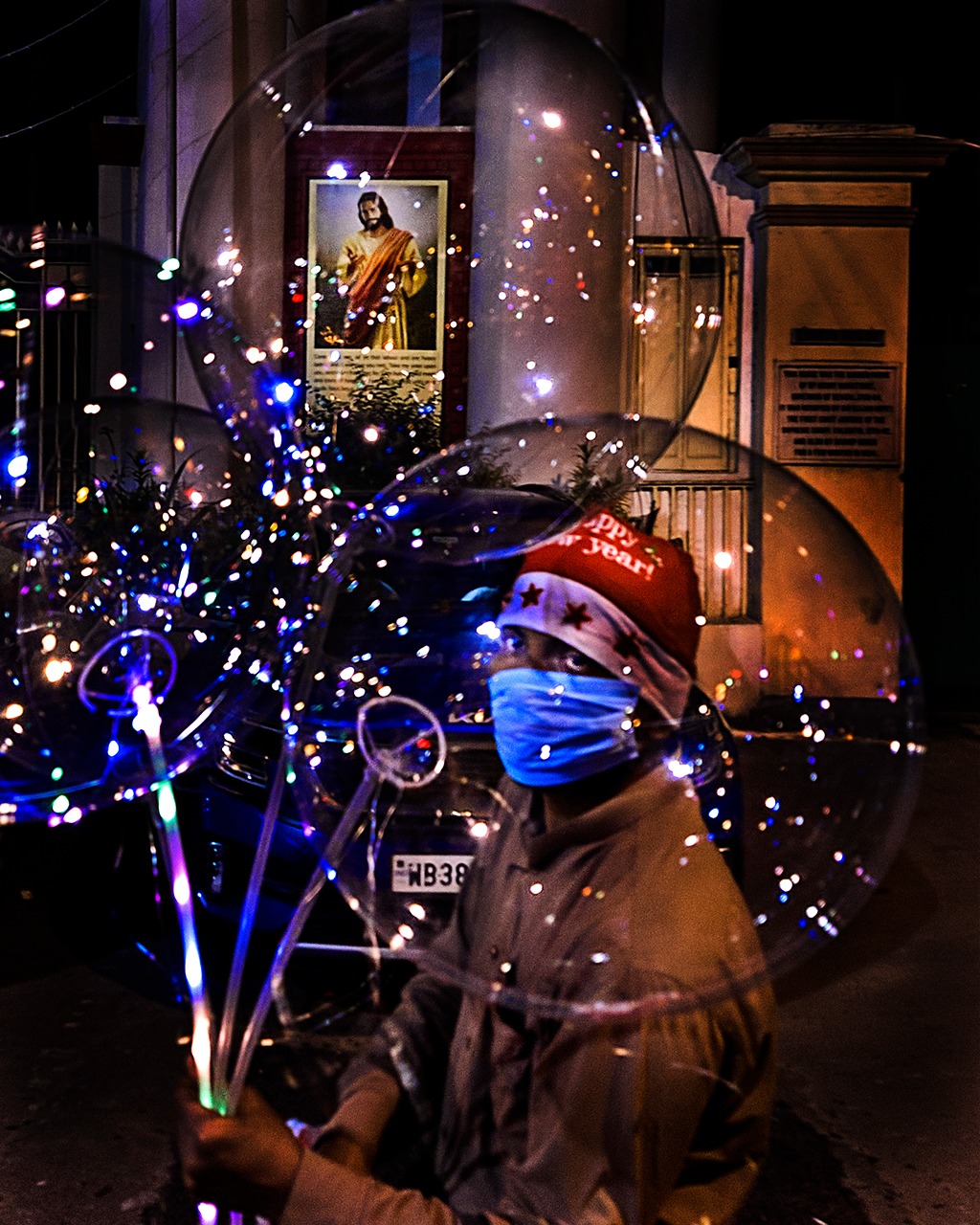
Introduction
Once the renowned American war photographer from Magnum and photojournalist Robert Capa said, ‘If your pictures are not good enough, you are not close enough’. This proverbial statement emphasises the fact that how important it is to get close to the subject in order to produce a great picture.
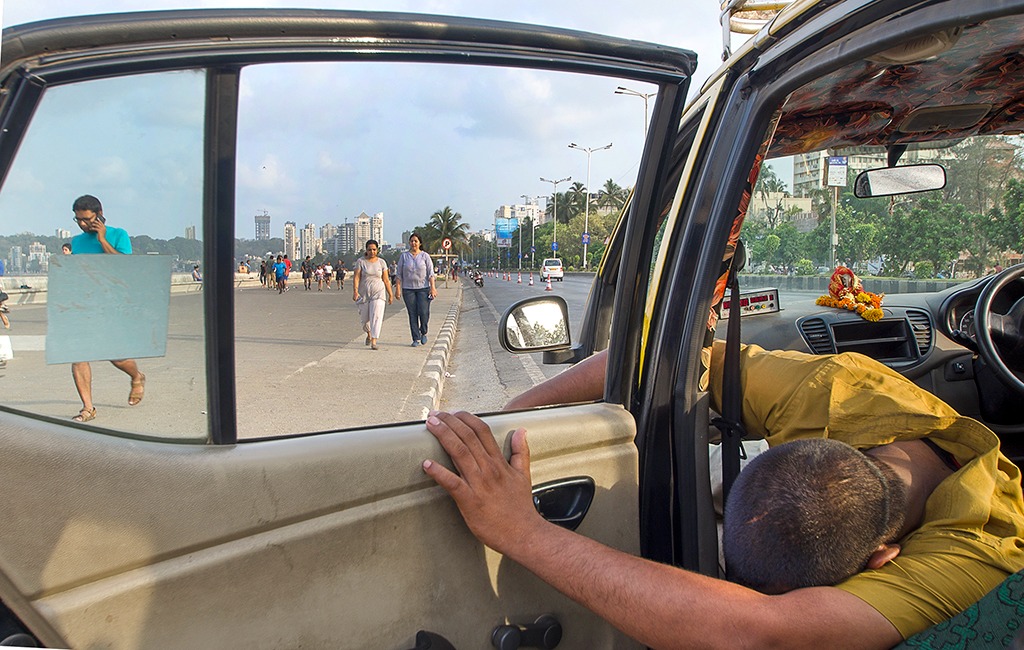
One of the major characteristics of street photography is to take candid shots in public places, completely unguarded and un-staged. If a street photographer wants to capture the finest emotions of human life, there is no other way but to get close proximity to the subject to make it feel more real-life and authentic. Getting close to our subject allows us to capture the feeling and sentiments more effectively through the subject’s body language and facial expressions. In order to create a strong bond between the emotion of the photograph and the viewer, as street photographers, we need to capture even the minuscule details available in the frame with much precision. It is mostly seen in human photos, it is the emotion and sentiment that make the frame eternal and bring in the desired artistic expression in the photo.
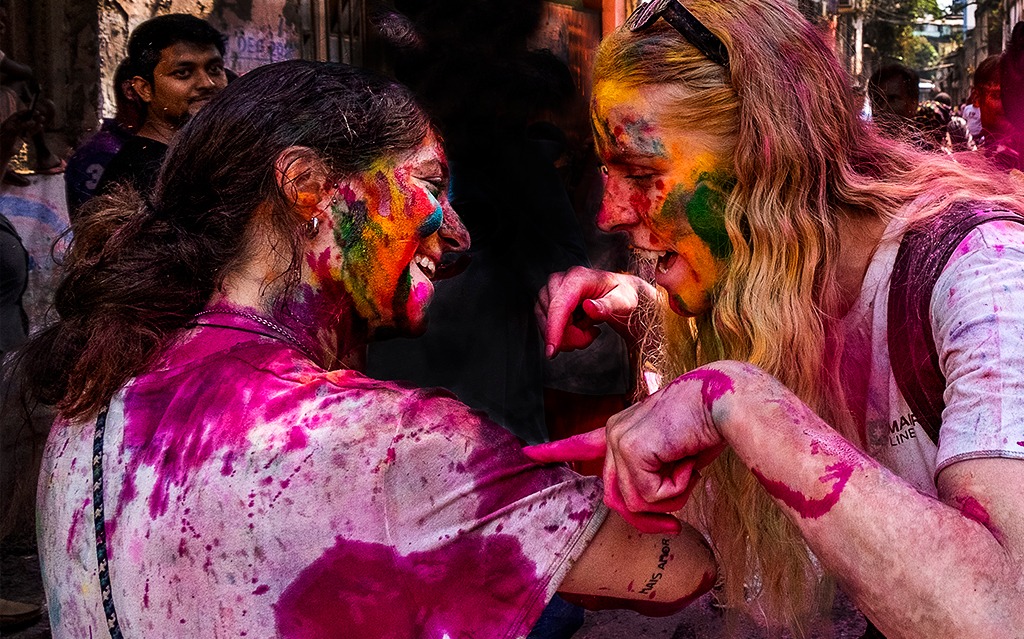
Whenever we get close to our subject and take a compelling photo, the viewers feel as if they are also a part of the action, and the activities are physically happening around them, encouraging them to get into a deeper and stronger relationship with the image.
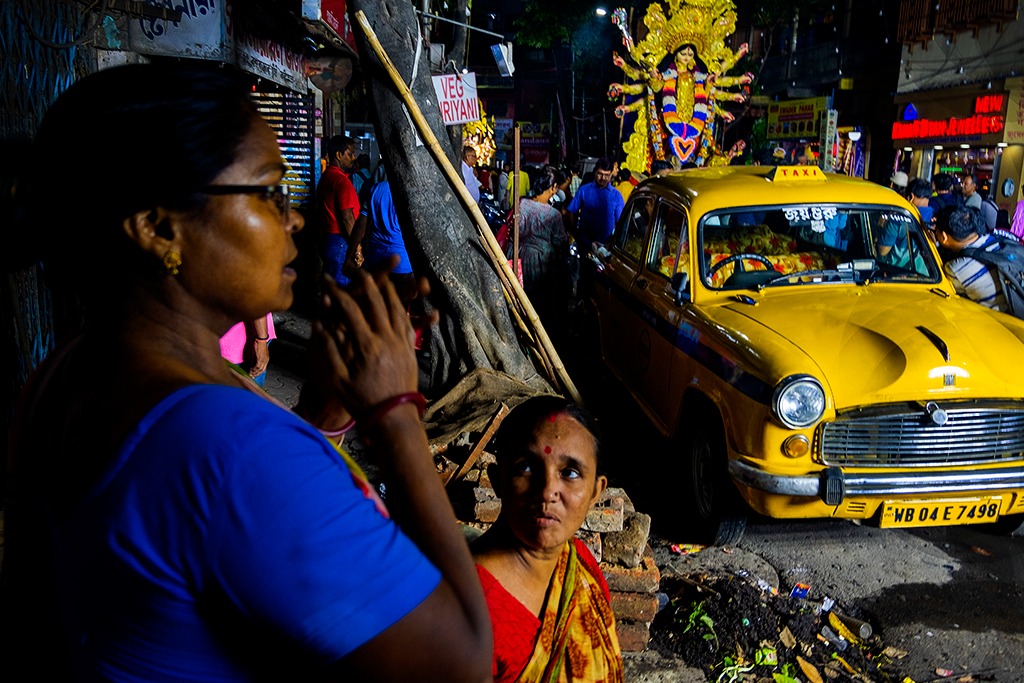
Telling a story is Important in Street Photography
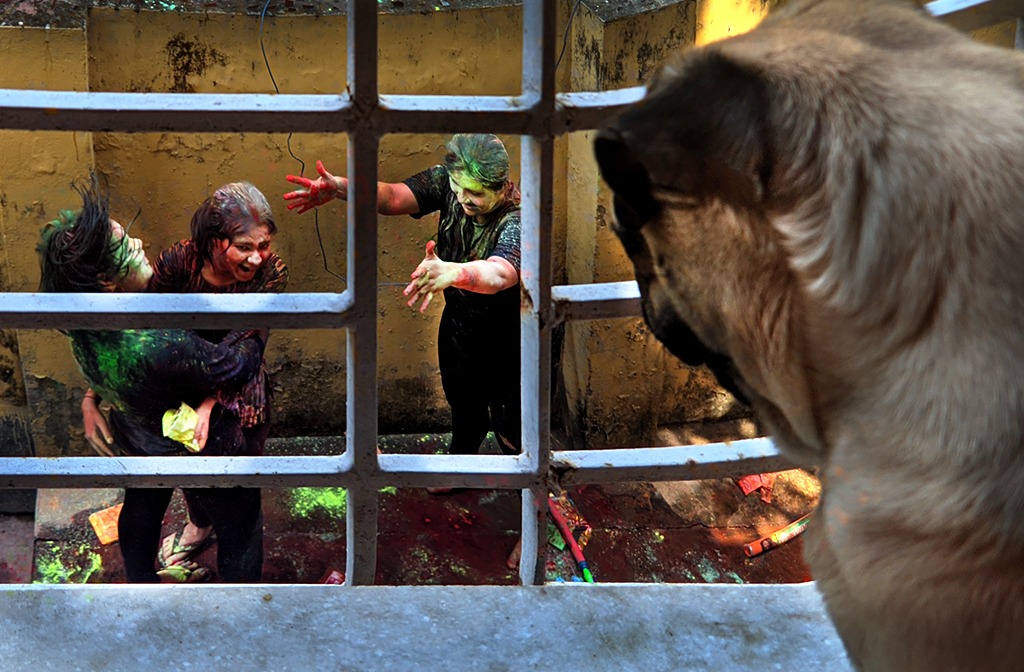
Creating captivating and memorable street photos require the ability to tell a compelling narrative. A story can be told through a photograph’s topic, setting, and atmosphere, among other things. Getting close to our subject enables us to record specifics that support that narrative. For example, if you’re taking a picture of a worker, working hard on the street, you could observe the impression of the hard work on his face and he has become more aged from a lifetime of hard work. Including this information can have a far bigger impact than just photographing him from a distance. In street photography every tiny detail is important when it comes to telling a story and going closer to your subject would allow you to record those details in such a way that they can make or break the impact of the story in the image. The wrinkles on someone’s face, the joy, sorrow, anger, and every human emotion help build a stronger story on the street.
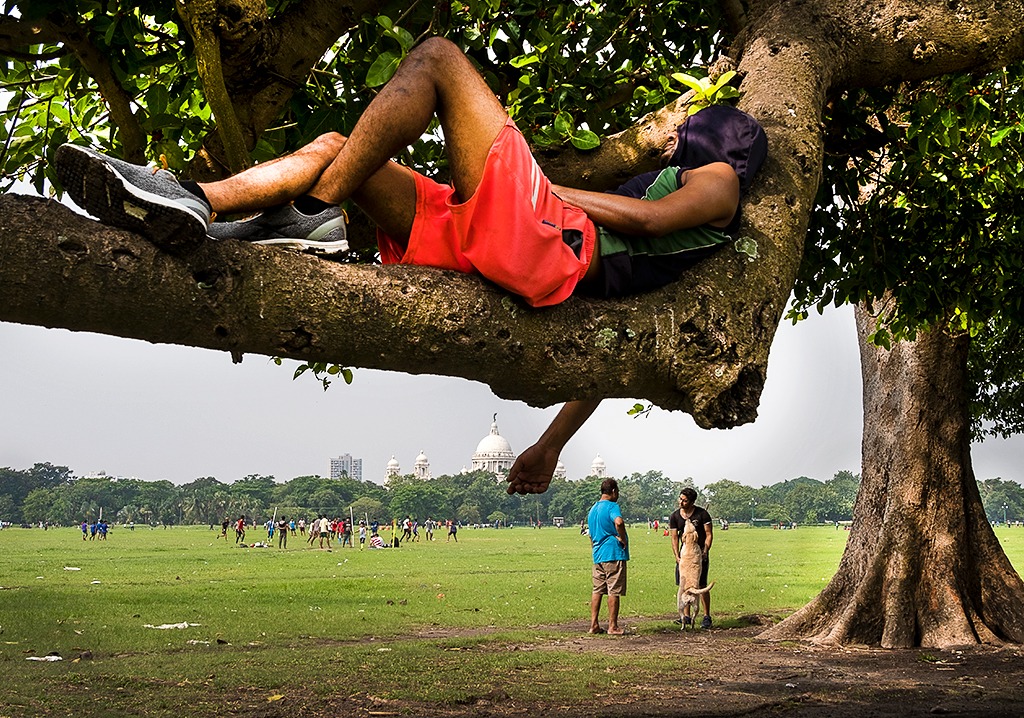
Adding depth to the Composition
Adding depth is crucial in street photography, since it aids in focusing the viewer’s attention on the subject and fosters a feeling of intimacy. Getting close to the subject and placing meaningful objects in the background will help us generate a sense of depth that gives the photo a three-dimensional appearance. We generally do not use a shallow depth of field that isolates our subject from the backdrop, rather we try and do placing proper complementary elements to create a perspective that brings depth to our picture.
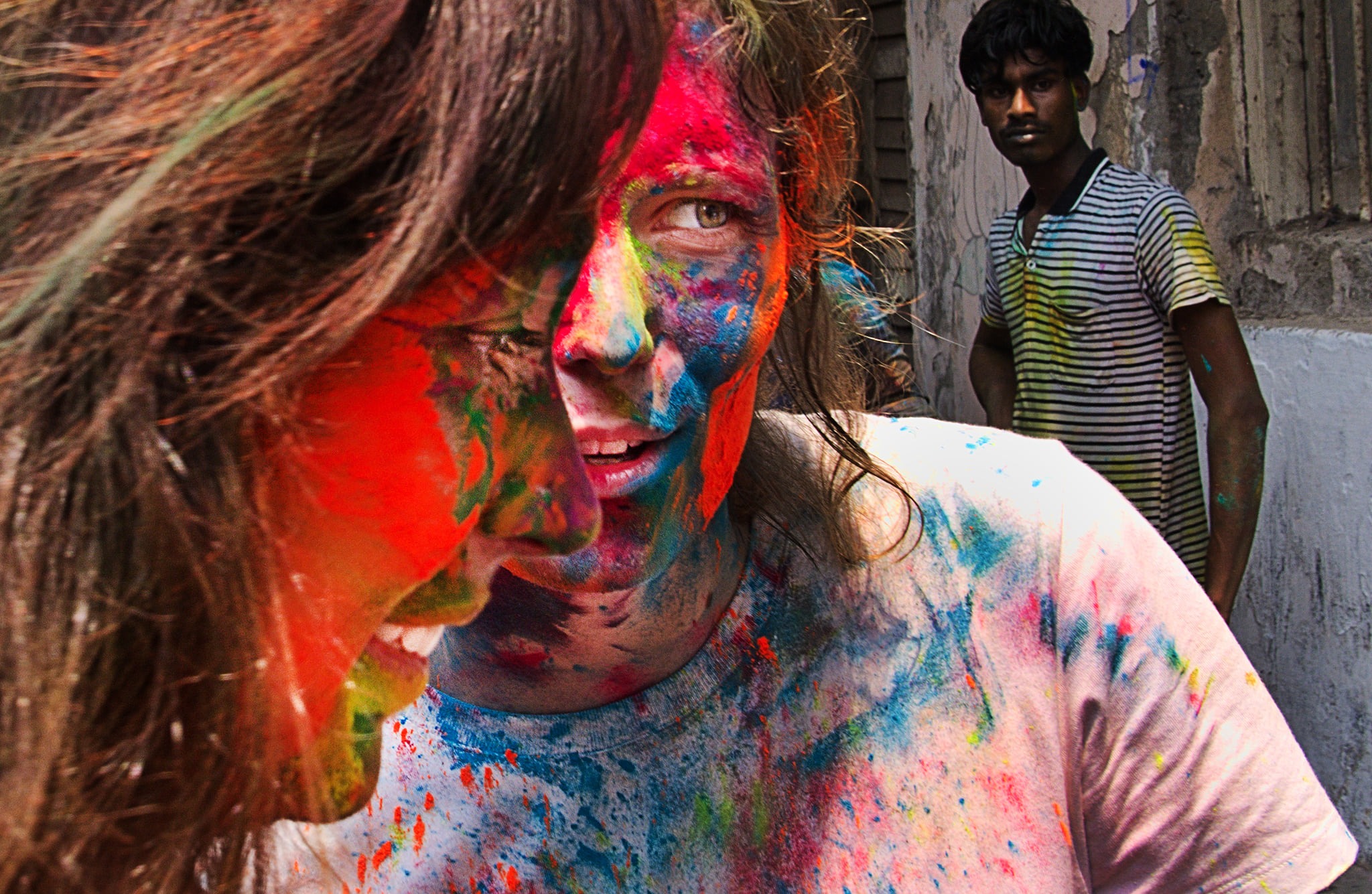
Getting up close to the subject will allow us to make them the main centre of attraction of the photo, highlighting their significance and producing a greater compelling composition.

Some Important Aspect of Going to Proximity to our Subject in Street photography
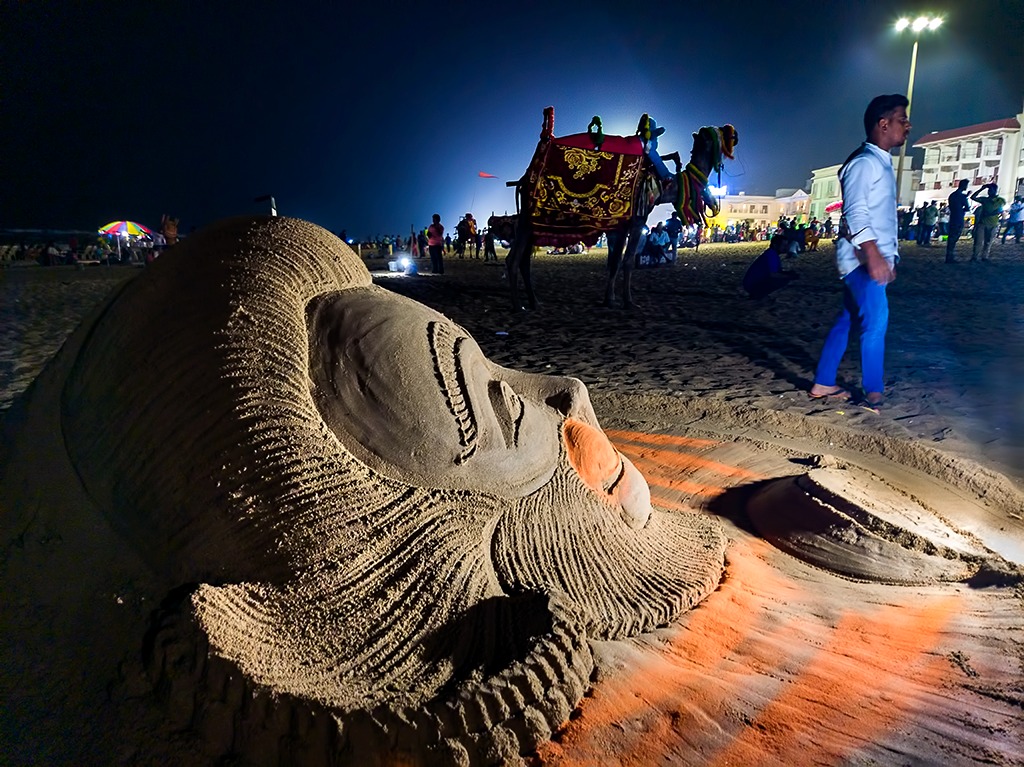
1. Using Wide - angle Lens to Express creative Vision
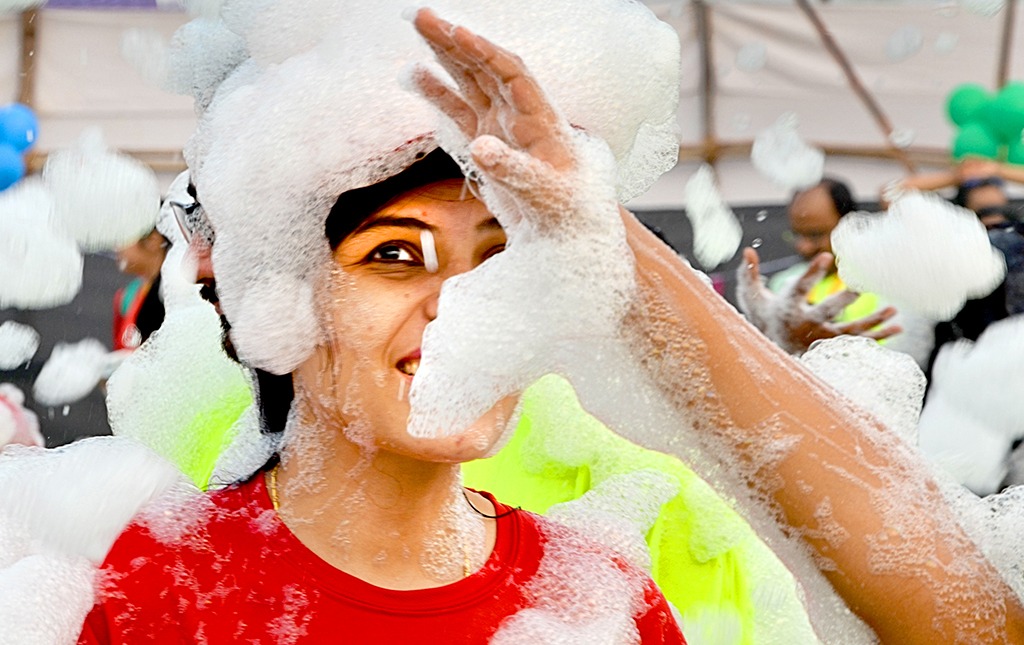
With street photography, a wide-angle lens can be a terrific method to get near to our subject while also capturing some of the surroundings. As the name suggests, a wide-angle lens can cover a broad area of background as it has got briefer focal length than a traditional (normal) lens. Its broader field of vision enables us to keep our subject in focus while capturing more of the scene in your shot, including the surroundings.
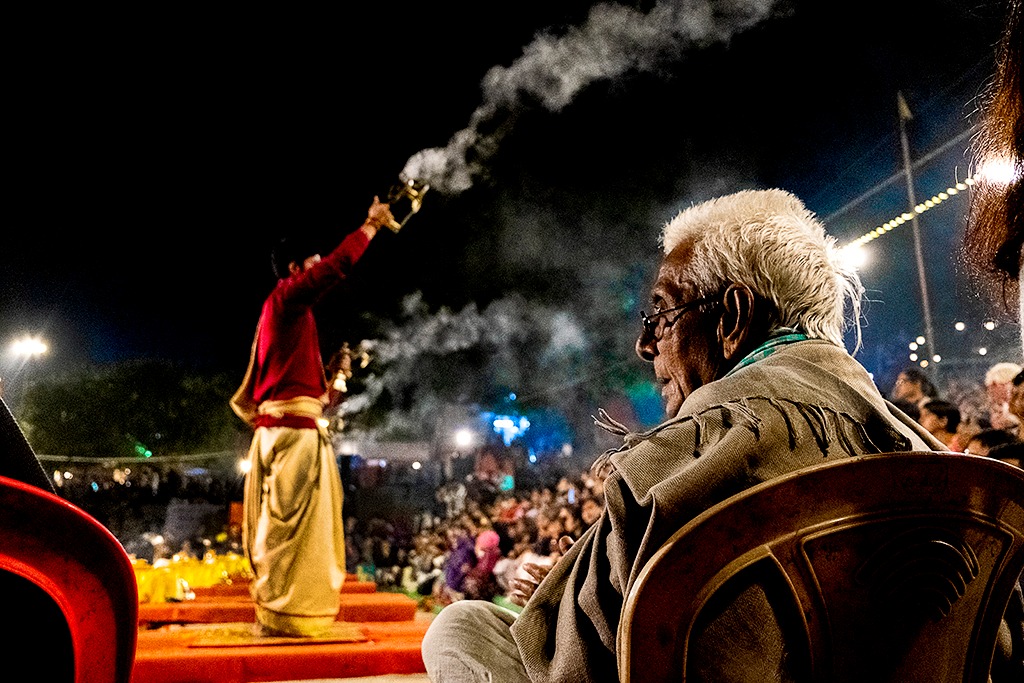
A wide-angle lens is also used to produce depth in a picture. By using a wide-angle lens, the photographer could achieve a feel of wider perspective in the photo which ultimately aids to build a story. By doing this, the street photographer would accomplish the task of the arresting viewer’s attention thereby stimulating a feeling of immersion in the picture.
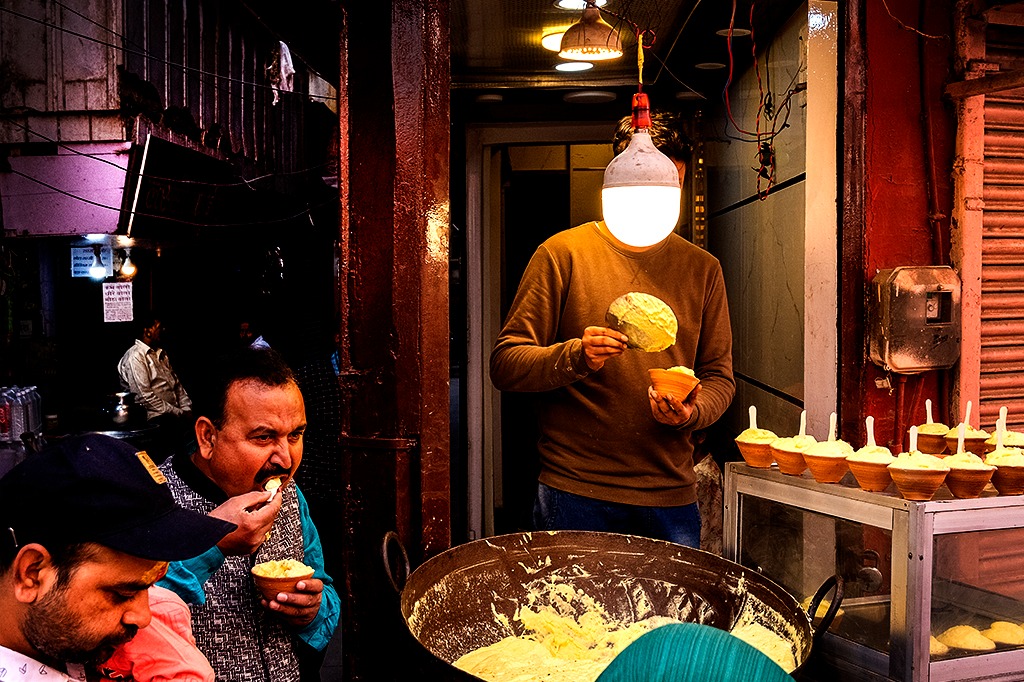
While using wide angle lens, one should be very careful of avoiding the distortion that is being produced by a typical wide-angle lens. A wide-angle lens can distort the subject to the extent that it might look unnatural. This can be reduced by paying attention to how your subject is placed and at what angles, as well as by utilising post-processing tools to remove any distortion.
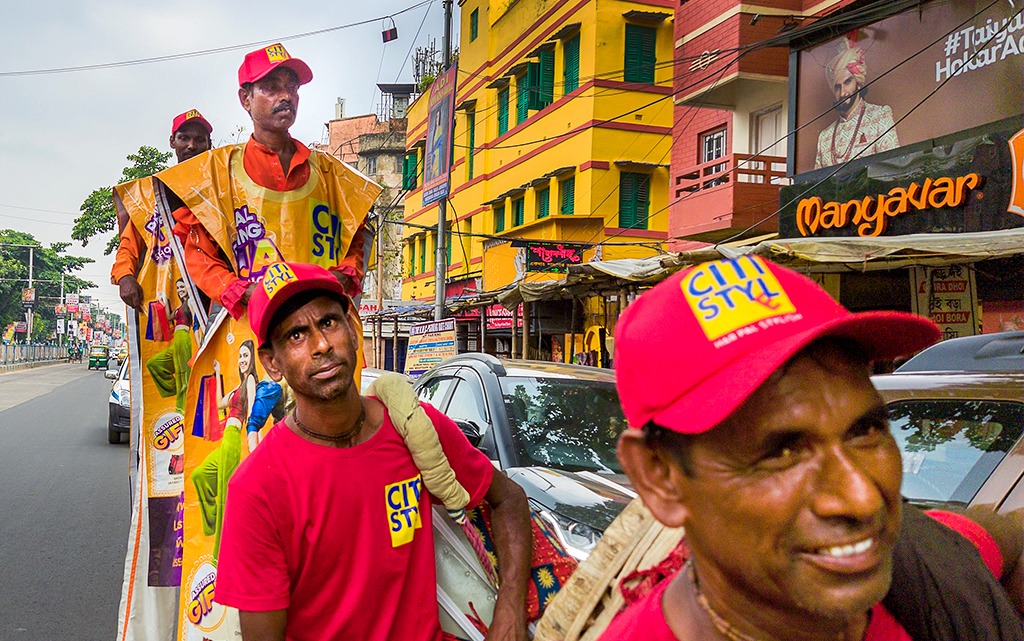
2. Confidence in Getting Close to the Subject
Being self-assured is crucial to street photography, especially when getting up close to the subjects. It can be scary to come close to strangers and take their pictures, but if you appear uncertain or uneasy, your subject can feel the same, which will likely have a bad impact on the pictures you shoot.
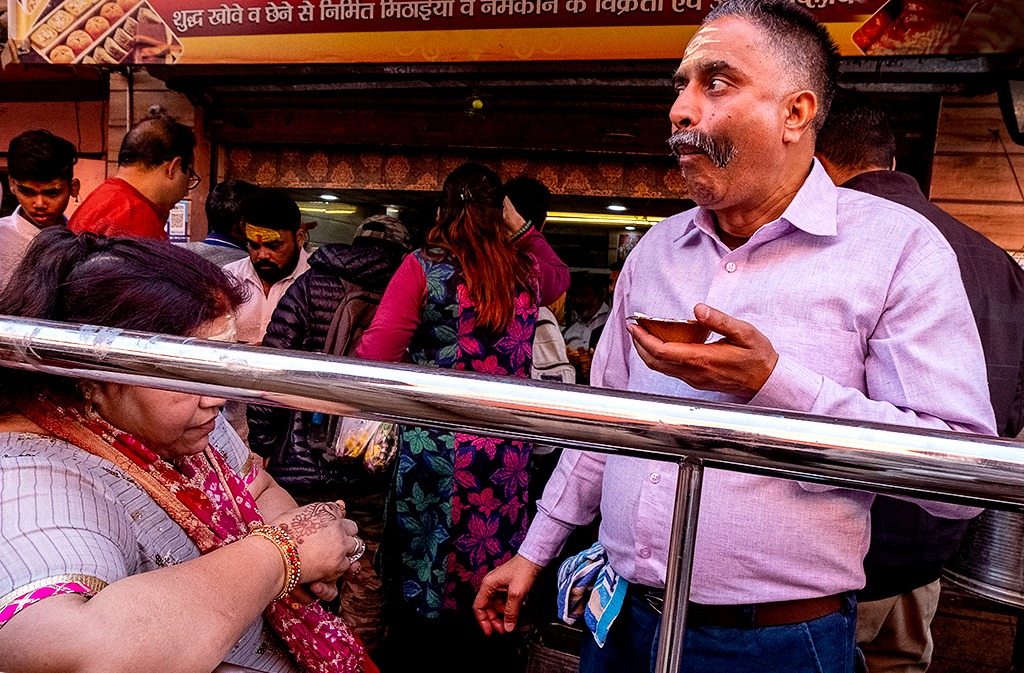
It’s crucial to tackle your issue with assurance and directness. If asked for your purpose of taking the photo, you should politely introduce yourself, explain what you’re doing and gain his confidence. Making your subject feel relaxed and at ease can be achieved in large part by being kind and considerate. It’s also crucial to be respectful and not press the issue if your subject rejects to be photographed. Continue your search for a new subject or setting to photograph.
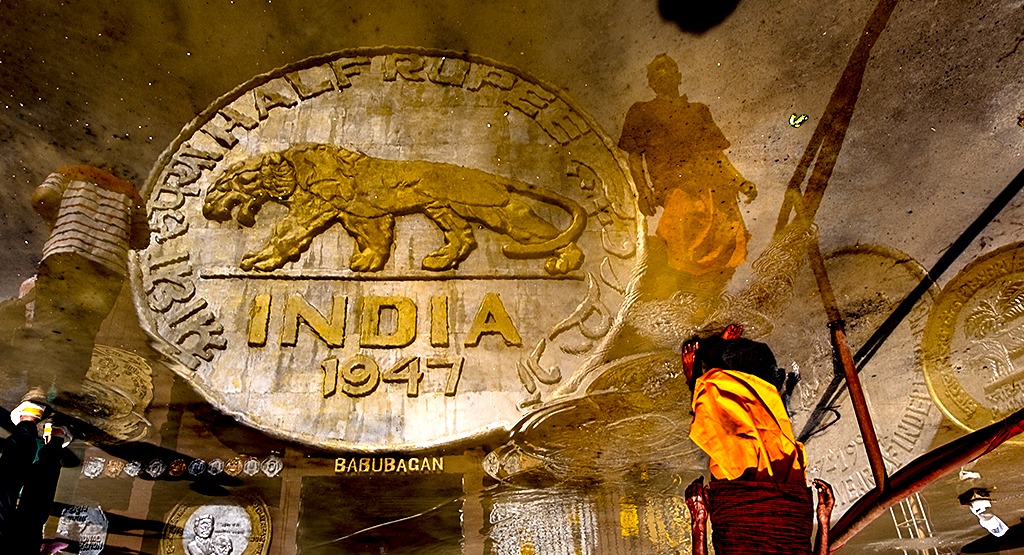
You can take better photos if you have confidence in your photographic abilities. Your composition and timing may be affected by your hesitation to take the shot or lack of confidence, which will make the picture less powerful. It’s important to keep in mind that street photography is a kind of art, and you have the liberty to capture the surroundings around you the way you perceive a story. You are more likely to interact well with your subjects and take mesmerising pictures if you approach them with confidence and respect.
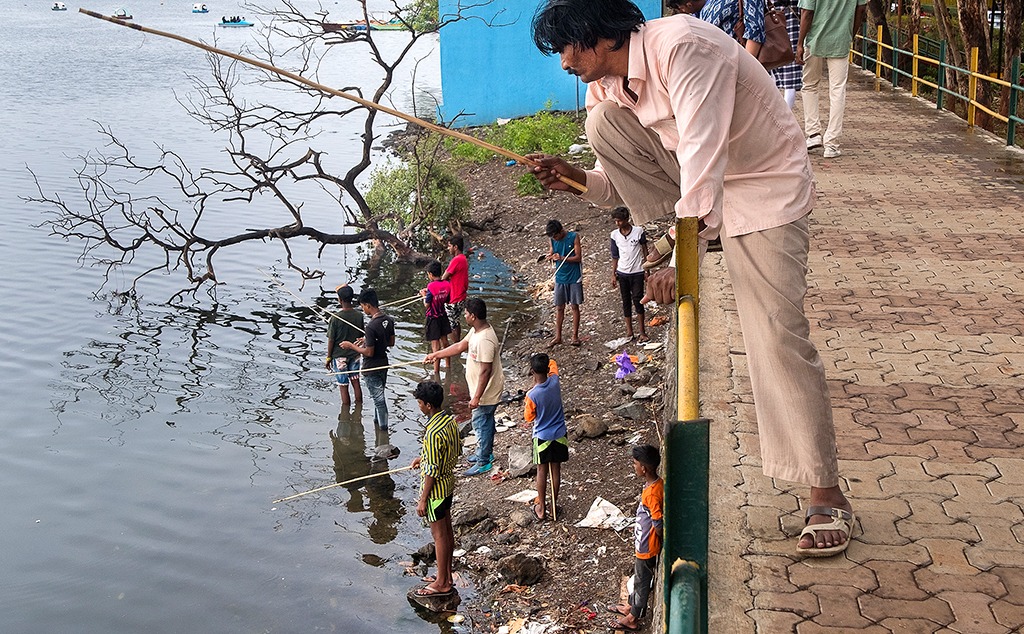
3. Quick Movement to Capture moments
With street photography, being able to move fast is crucial, especially when you spot an intriguing subject. The environment we live in is continuously shifting, and a potential subject might vanish in an instant. In order to get closer to them and take the photo before they vanish, we must act rapidly.
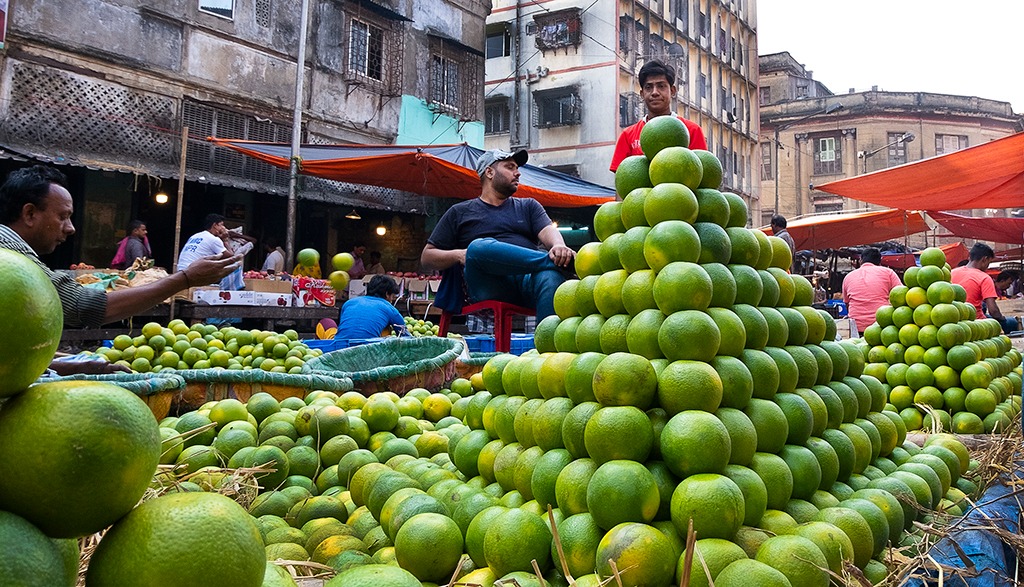
It’s crucial to move swiftly in their direction when we spot an intriguing subject. It’s important to keep in mind that moving quickly doesn’t always entail hurrying or being irresponsible. To ensure the finest possible image, we should still take the time to prepare our shot and tweak our camera settings.
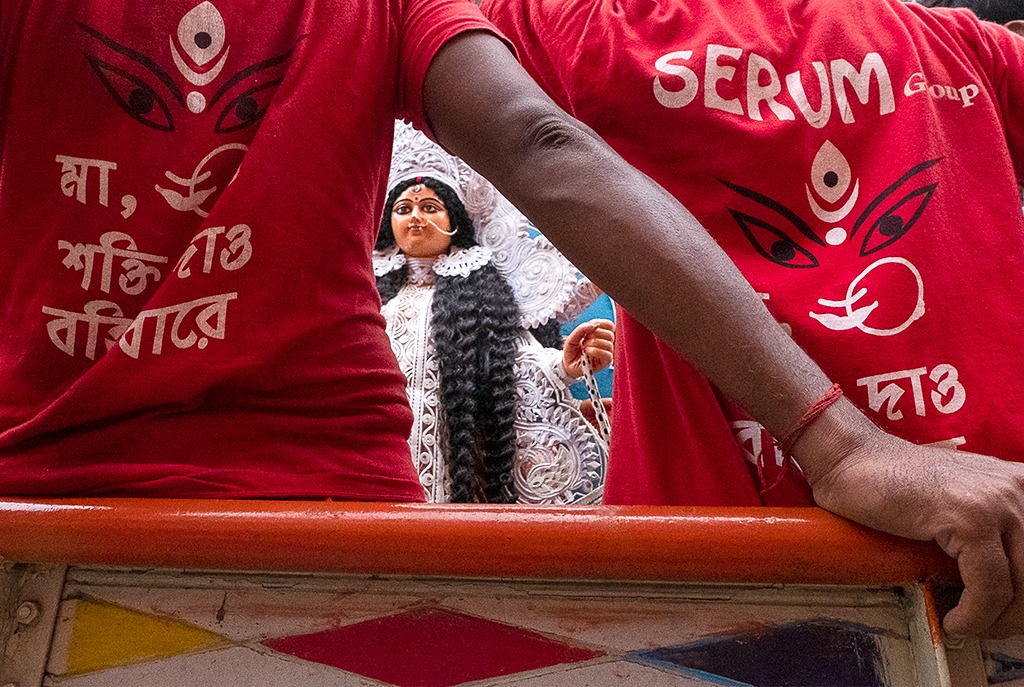
4. Show Respect to People
Being polite is essential to street photography, especially when getting up close to your subjects. It’s important to respect their boundaries and personal space when getting near people in order to get strong and impactful photos. When approaching a subject, it’s crucial to accept their decision and move on to a different topic if they decline or look uneasy. Even when your subject has given you the go-ahead (either verbally or through their body language) to snap their picture, it’s still crucial to respect their privacy.

5. Shoot from the Hip/ Bottom to Get Candid Shots
In street photography parlance, ‘shooting from the hip’ refers to a process of taking pictures from your west level even without looking at the scene through the viewfinder. This method is more applicable when we want your subject to be completely unaware of our presence or don’t want to make them uncomfortable or embarrassed in front of our camera. In this case, you need to master the technique of gauging the part of the scene that would be captured by the lens and you should be clear in understanding what the composition would look like. To acquire a sense of how the lens captures things, you might need to practise taking pictures from various angles and situations. Now, most modern digital cameras allow you to tilt the screen so that you have a clear view of composition while taking photos from the hip or even from ground level. One benefit of shooting candidly and spontaneously is that your photos may appear more natural and without pose.
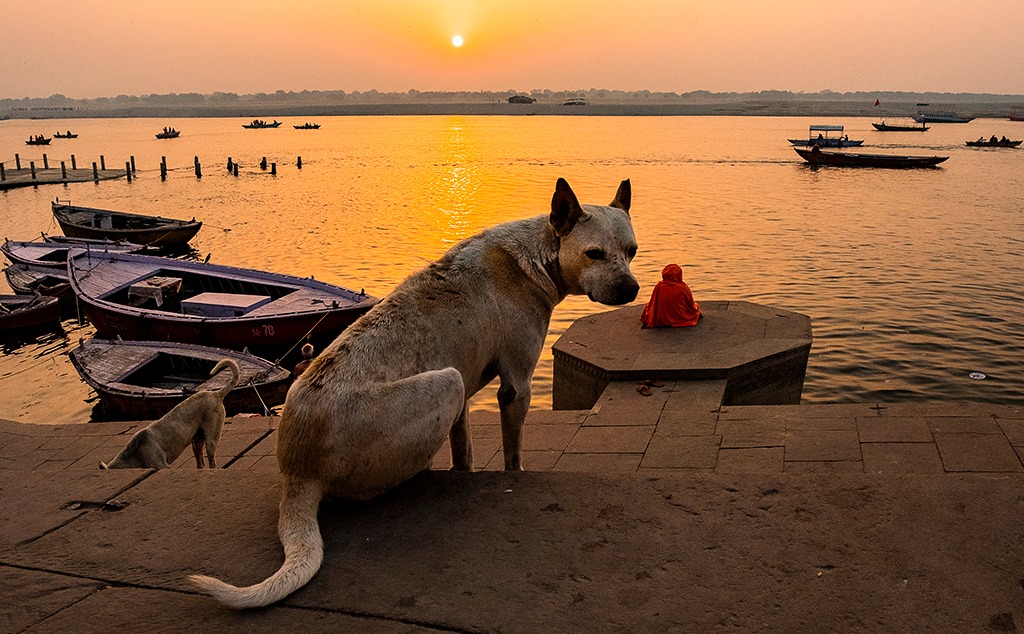
6. A Small camera
For a street photographer who wants to get close to people and record their emotions, using a compact camera setup can be quite helpful. The photographer can move around and get close to the subject discreetly when using a small camera, such as a mirrorless or compact camera. This is important for street photography since the objective is frequently to capture real emotions and unscripted moments.
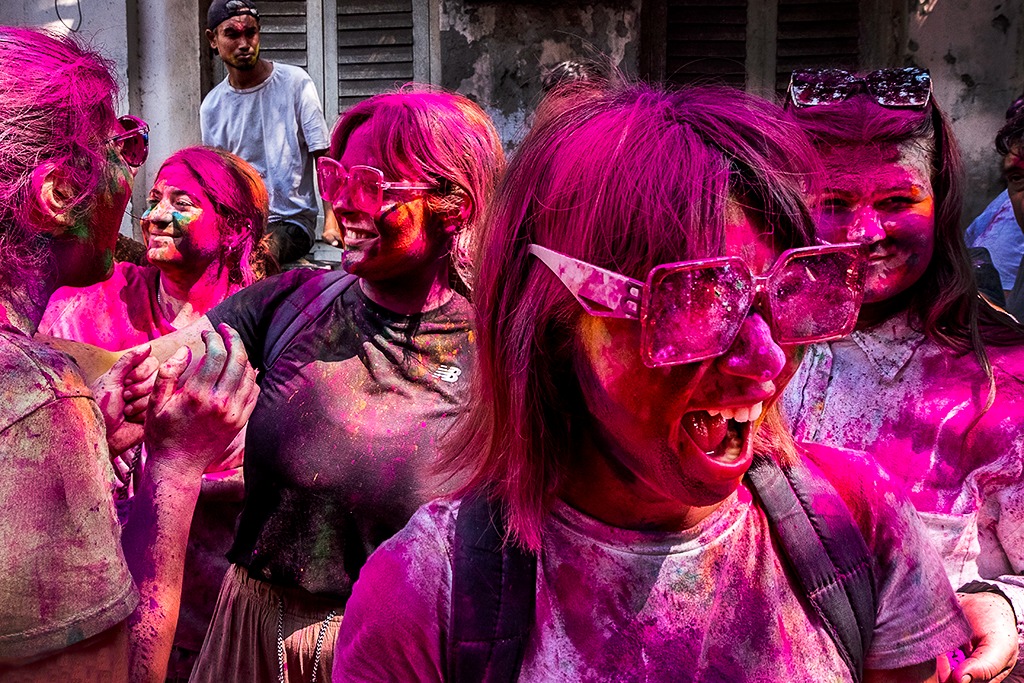
7. Simple Clothing will Help
Simple clothing might help a street photographer blend in with the crowd and take more personal pictures. The photographer can avoid calling too much attention to oneself and instead concentrate on watching and capturing the images and feelings around them by dressing simply and comfortably. In street photography, when the objective is frequently to record sincere moments and emotions without upsetting the situation, this can be particularly crucial. The photographer can foster a sense of familiarity and trust with the subjects by dressing similarly to those around them, which can result in more candid and real pictures. Simple clothing also makes it easier and faster for the photographer to move around, which is important for catching spontaneous reactions and brief moments. Overall, dressing simply can make it easier for street photographers to blend in with their environment and take more personal and genuine pictures.

Conclusion
With the above discussion, we understand that it is important of getting close to the subject to achieve a certain impact in the street photo, especially when it comes to telling a story through the finest human emotion, like anger, joy, sorrow, etc. It is also pertinent to maintain that certain norms are to be followed on the street to capture an awesome image by complying with certain techniques as well as the behavioural approach of the photographer.


Post a comment